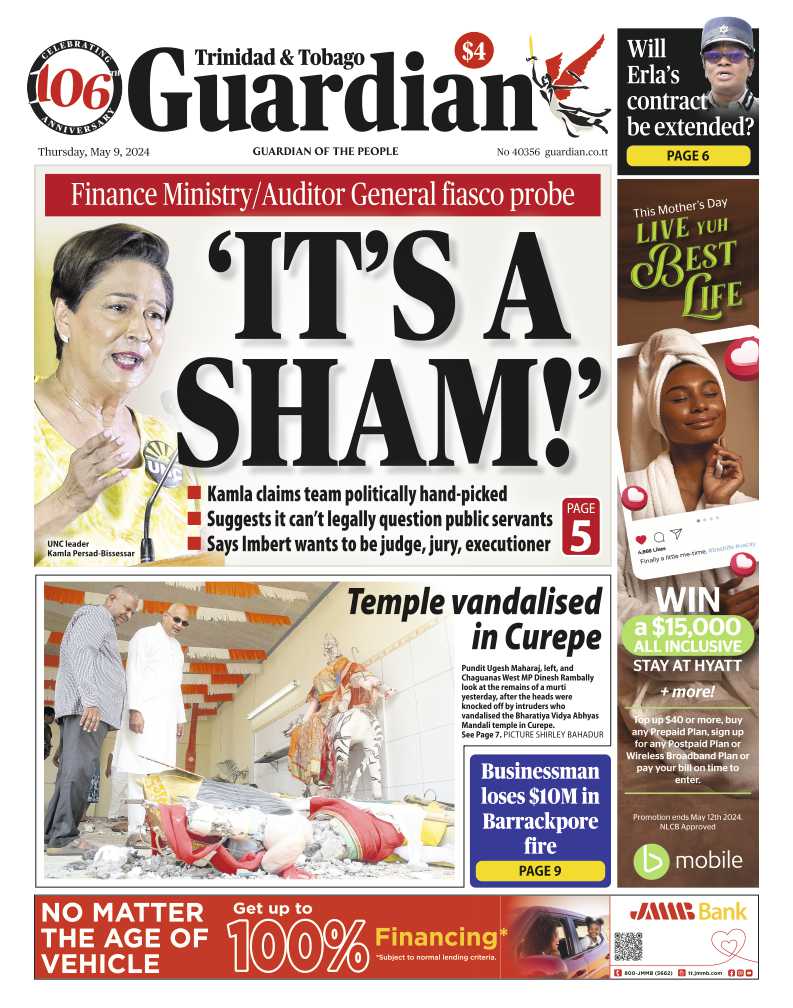All wars are fought to win, to achieve the desired objective. To be more precise, it means being able to influence the post-war situation, whether through political changes or by establishing a new order. Carl Von Clausewitz, a Prussian (German) general and strategist, wrote that “war is a continuation of politics by other means,” meaning that war is linked to political goals and force (war) is simply another way to achieve them.
The US has dominated the post-World War II era and re-engineered the world order.
It led the movement to lower tariffs and non-tariff barriers, leading to freer trade and a “rules-based order” culminating in the establishment of the World Trade Organization to oversee the world trading system.
It has remained the largest economy and established the primacy of the US dollar as the “lingua franca” of the financial system. In the last 80 years, the Western “capitalist” system has proliferated as the Soviet Union and its eastern allies (COMECON) dissolved.
The US leadership improved the world’s trade system. The world economy grew as trade grew and poverty receded.
Statistics are useful but do not always tell the whole story. The World Bank Statista 2025 provides important data to clarify the changes. Trade, as a percentage of world GDP, grew from 25 per cent in 1970 to 63 per cent in 2022 but fell to 59 per cent in 2023.
The US economy grew larger than the rest of the world. Imports into the US grew from 10.56 per cent of the GDP in 1990 to 15.6 per cent in 2022. Conversely, US exports as a percentage of GDP grew from 9.25 per cent in 1990 to 11 per cent in 2023. Whilst the percentages sound small, the values are large, as the nominal US GDP is approximately $30 trillion compared to the $115 trillion for the world.
Similarly, US manufacturing sounds small at 12 per cent of its GDP compared to China’s 29 per cent. However, the US is second only to China, and its manufacturing sector is larger than the combined value of manufacturing in Germany and Japan.
The US also has the largest market in the world, and the emergence of the Washington Consensus (trade liberalisation, fiscal discipline, deregulation, democratic liberalism) made the US a target market.
Since the rest of the world was prepared to accept US dollars as payment, the US imported more visible goods than it exported. Hence, the US$1.2 trillion visible goods deficit in 2024 compared to its $300 billion surplus in invisible exports (services).
The almost unanimous view of most economic commentators is that the tariffs are based on weak economic logic and poor mathematics. They argue that the tariffs are an act of self-harm that will destabilise supply chains, stoke inflation and encourage more countries to form alliances that exclude the US.
Since inflation reduces disposable income and consumer spending power, it would reduce demand and slow world economic growth, not merely the US economy.
Globalisation has increased financial market interconnectedness and the risk of multiple market effects. Lest we forget, the 2008 US housing market bubble caused a financial crisis in many Western economies.
Financial markets reacted negatively to the tariffs. Investor confidence, as measured by stock market movements, has responded negatively to the uncertainty caused by the yet unknown consequences of the sweeping nature of the tariffs. The volatility metrics suggest that the stock markets are in uncertain territory.
While stock markets give an indication of an economy’s health, they are important to understanding the prevailing sentiment. In financial markets, bond prices weakened, and yields went up, meaning that borrowing could become more expensive. The dollar weakened, depreciating against the yen and the euro. Experts expect this to continue.
Trump’s tariffs are meant to reduce imports from every country in a trade surplus with the US. They are blunt force tools to force friend and foe alike “to bend the knee” and negotiate using US market access as leverage.
Viewed from this light, President Donald Trump’s tariff policy is another way to cement the US as a world power and destroy the “rules-based trading system” it built. There was no mistaking this intent when Trump bragged at a dinner for Republicans on April 8, Liberation Day’eve, that countries were “kissing my a..” pleading to negotiate tariffs and to do deals (see Reuters, CNN, CNBC et al.)
The 90-day tariff implementation pause excludes the tariffs introduced on the US’s largest trading partners, Canada, Mexico and China. China is the US’s main rival for hegemonic influence, which explains why it has attracted the highest tariff rates.
When China retaliated with tariffs on US-produced goods, Trump increased the tariff on China’s exports to 145 per cent to ensure that China, and by extension, the world, got the message. China will not be coerced.
The unintended message is that the US is an unreliable partner. Reordering and rearranging partnerships will take time. But there should be no mistaking Trump’s intent.
His strategy will have multiple impacts on T&T: trade and international relations, foreign exchange reserves, the Heritage and Stabilisation Fund, social security and pension funds, inflation, and the country’s economic performance.
This is an opportunity and an important leadership moment. On April 28, citizens must choose a level-headed political leader with the vision and the skills necessary to address the challenges and achieve social consensus.
Mariano Browne is the Chief Executive Officer of the UWI Arthur Lok Jack Global School of Business.

